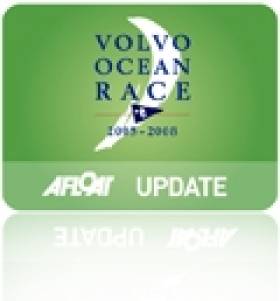Displaying items by tag: Leg 0
Team Vestas Wind Takes Leg 0 As Volvo Ocean Race Start Draws Closer
#VOR - The last team to be confirmed for the next Volvo Ocean Race proved their 'dark horse' label all too true as they sailed to victory in Leg 0 in Alicante.
In the final significant test of the new one-design fleet's capabilities before the race proper begins next month, Team Vestas Wind surprised the more experienced contingents – besting the Dutch side Team Brunel over the line by 10 seconds.
Despite it being 'only a practice race', it's a remarkable achievement for the Danish team that was only confirmed as an entrant last month and has had just four weeks of on-the-water testing.
Meanwhile, Dongfeng Racing Team put their teamwork to the test in their dramatic scramble to retrieve their sail after it slipped into the water during stacking.
However, the primary purpose for many crews sailing on Leg 0 was getting a leg up on the competition.
As the video above demonstrates, 'learning from the enemy' was all important – especially with everyone sailing the same yacht, which means that individual team strategies will make all the difference this time out.
























































